South Africa Mining Accident
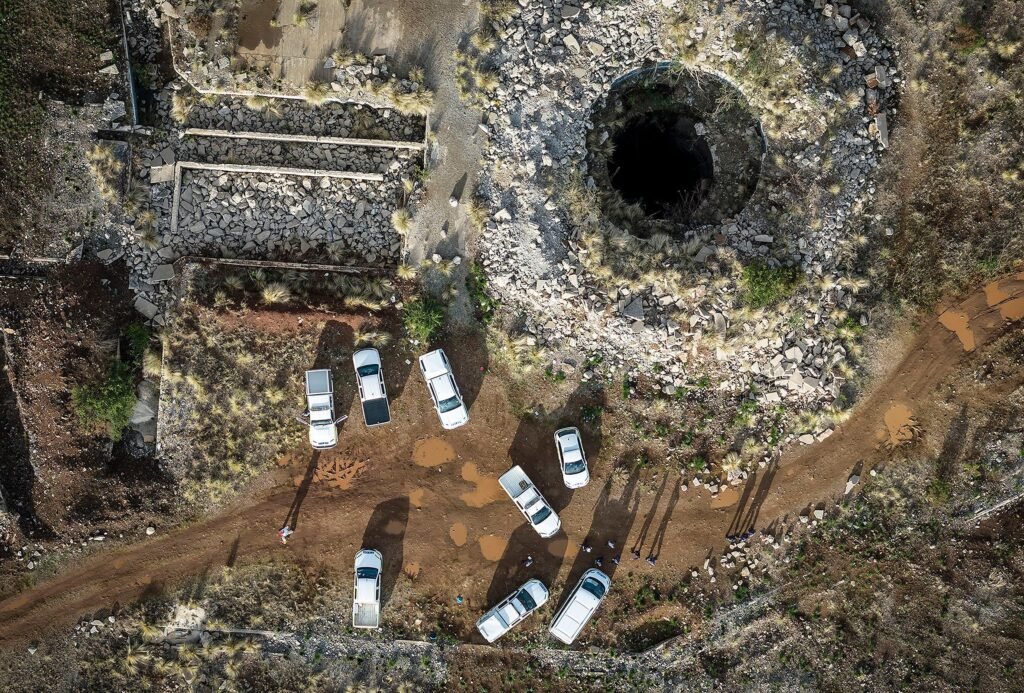
Mining is a vital sector in South Africa, contributing significantly to the economy through gold, platinum, coal, and diamond production. However, it remains one of the most dangerous industries, with mining accidents occurring due to deep-level operations, aging infrastructure, and safety lapses.
Here’s an overview of mining accidents in South Africa, their causes, recent incidents, and ongoing safety efforts.
1. History of Mining Accidents in South Africa
South Africa has a long history of mining disasters, particularly in deep gold and platinum mines, some of which extend over 3 kilometers underground—among the deepest in the world.
Notable past incidents include:
- 2009 Harmony Gold Mine Shaft Collapse (Free State): 84 miners trapped; most rescued after days
- 2014 Impala Platinum Shaft Fire (Rustenburg): 78 miners died due to smoke inhalation
- 2018 Sibanye-Stillwater Rockfall (North West): Multiple fatalities during seismic event
These tragedies highlight the extreme risks associated with deep-level mining.
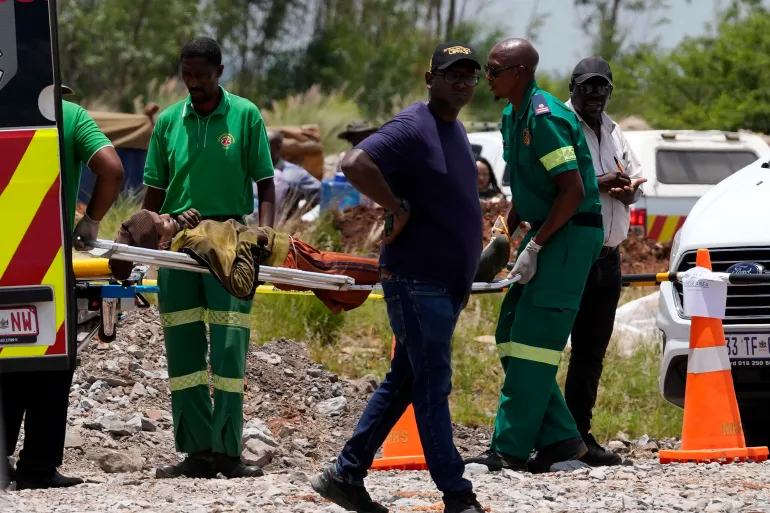
2. Common Causes of Mining Accidents
| Cause | Description |
|---|---|
| Rockfalls and Seismic Activity | Frequent in deep mines due to high pressure and geological stress |
| Shaft Failures | Elevator systems (skips) malfunctioning or collapsing |
| Fires and Explosions | Methane gas buildup in coal mines; electrical faults |
| Toxic Gas Exposure | Carbon monoxide or hydrogen sulfide leaks in confined spaces |
| Equipment Failure | Outdated machinery not properly maintained |
| Human Error & Poor Training | Inadequate safety protocols or fatigue-related mistakes |
3. Recent Mining Accidents (2020–2025)
While safety has improved, fatal incidents still occur:
- January 2023: A rockfall at a Sibanye-Stillwater platinum mine killed 6 miners.
- May 2022: 12 workers trapped in a Harmony Gold shaft in Free State; all rescued after 72 hours.
- December 2021: Fire at a coal mine in Mpumalanga led to multiple injuries.
The Department of Mineral Resources and Energy (DMRE) investigates each incident and issues compliance directives.
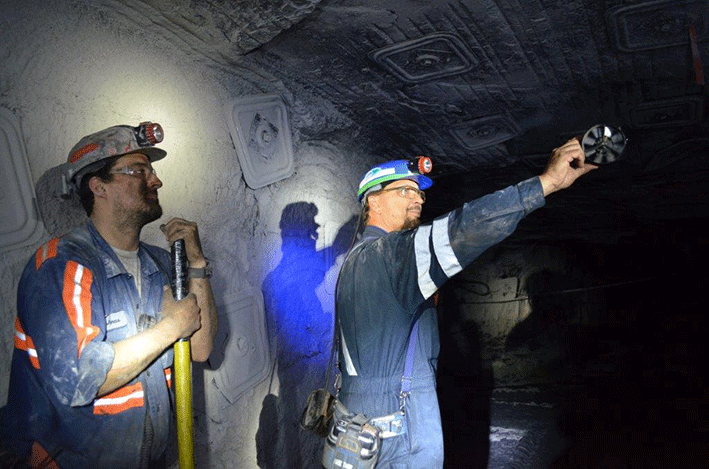
4. Regulatory Framework and Safety Measures
South Africa enforces mine safety through:
- Mine Health and Safety Act (MHSA), 1996 – Sets standards for worker protection
- Chief Inspector of Mines – Oversees enforcement and inspections
- Compensation Commissioner – Manages claims for injured or affected workers
Mandatory safety practices include:
- Regular structural integrity checks
- Emergency response drills
- Real-time monitoring for seismic activity
- Use of personal protective equipment (PPE)
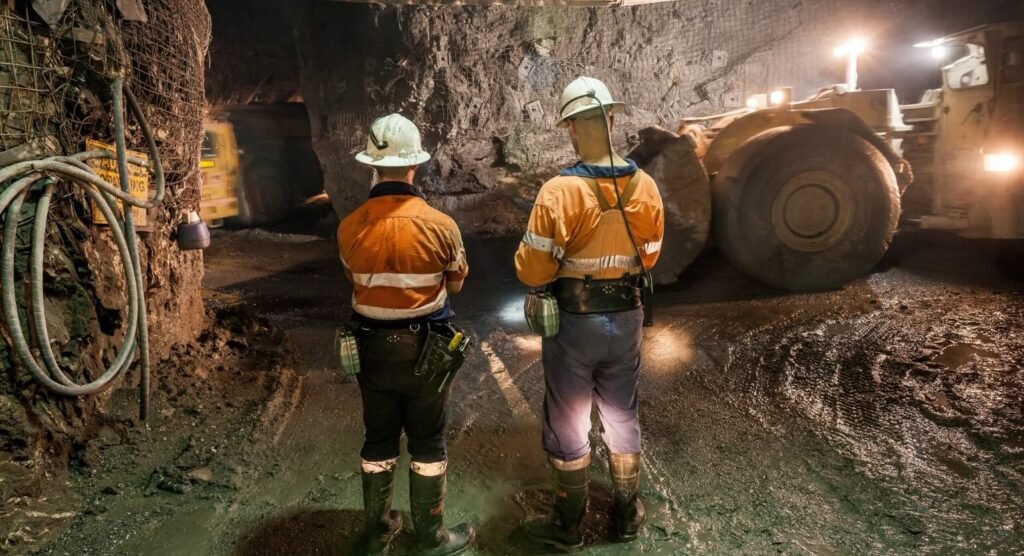
5. Improvements and Ongoing Challenges
Progress Made:
- Decline in annual fatalities compared to early 2000s
- Adoption of automation and remote-controlled equipment
- Increased investment in ventilation and ground support systems
Ongoing Challenges:
- Aging mines with deteriorating infrastructure
- Labor unrest affecting safety compliance
- Illegal artisanal mining (“zama-zamas”) leading to unregulated risks
- Economic pressures leading to cost-cutting on safety
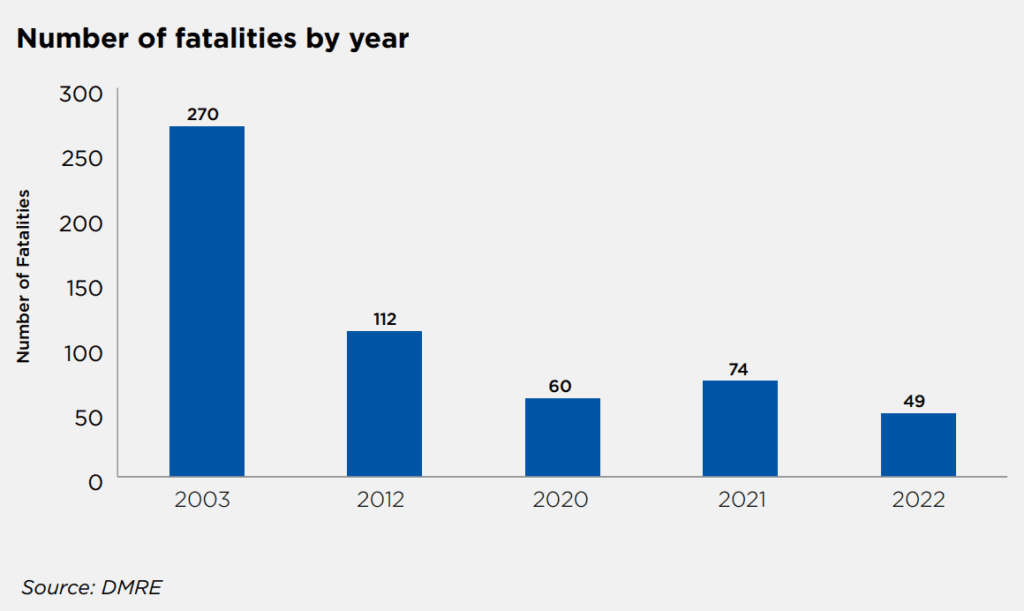
FAQs
Q1: How many mining accidents happen in South Africa each year?
A1: The number varies, but the DMRE reports dozens of fatalities annually, down from hundreds in previous decades.
Q2: What is the most common cause of death in South African mines?
A2: Rockfalls and seismic events are the leading causes, especially in deep-level gold and platinum operations.
Q3: Are mining companies held accountable for accidents?
A3: Yes, companies can face fines, shutdowns, or criminal charges if negligence is found during investigations.
Conclusion
Despite improvements in safety regulations and technology, mining accidents in South Africa remain a serious concern, particularly in deep-level operations. Continued investment in modernization, training, and enforcement is essential to protect the lives of thousands of miners who power one of the country’s most important industries.

